6 tips to get you in good shape
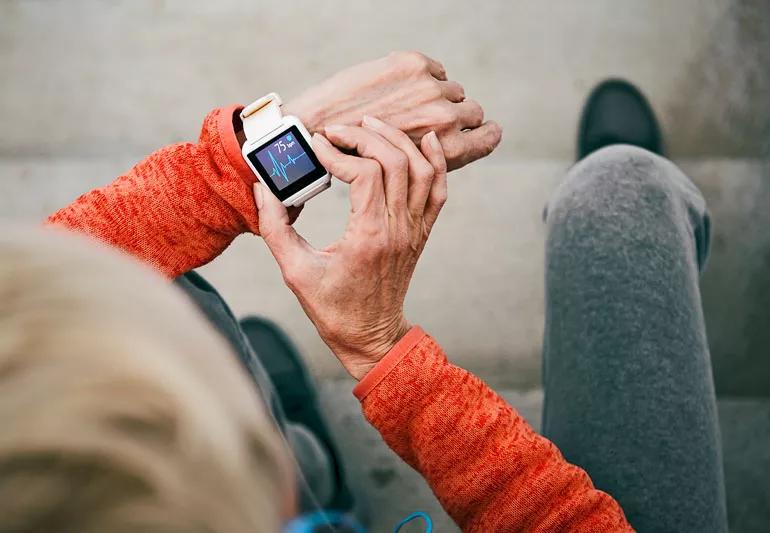
We all know exercising regularly can keep you active as you age, with fewer health issues — but how do you actually do it?
Advertisement
Cleveland Clinic is a non-profit academic medical center. Advertising on our site helps support our mission. We do not endorse non-Cleveland Clinic products or services. Policy
Some people manage to stay fairly fit by keeping up with a busy lifestyle, until they get older. Others have just never gotten around to exercising much, and it starts to show.
Either way, if you’re pushing 60 or you’ve already passed that milestone, it’s time to get serious about making exercise a staple in your daily routine.
If your treadmill has gathered some dust, don’t worry. Here are six practical tips to get you going.
If you haven’t seen a doctor lately, that’s your first stop. They’ll give you a physical exam to assess your present fitness level and make sure you’re healthy enough to start picking up the pace.
This is the time to find out whether any medical problems will affect your exercise routine. You may need to adjust for conditions such as heart problems, arthritis or diabetes, but exercise can also help you manage these conditions, so don’t get discouraged.
The key is to have clearance that will help guide your first steps. Your doctor may also offer advice on where to start or on exercise groups in your area that are tackling the same challenges you are. Above all, your doctor can get you on track and help ensure that you are exercising safely.
“The benefits of exercise far outweigh the fear of getting started,” says physical therapist Gary Calabrese. “It increases mobility, balance, reduces chronic conditions, helps you lose weight and increases lean muscle mass. It also improves sleep.”
Advertisement
As you start exercising more, you may want to use a few simple tools to track your progress. Use a:
It helps to track your progress from the beginning because you likely won’t see immediate results, Calabrese says.
All workouts should begin with a warm-up and stretching.
Simple leg and arm swings or trunk rotations are good for getting your muscles firing and your circulation going.
If you’re going for a walk, walk slowly and steadily for a few minutes before picking up the pace. Relax, breathe and don’t be afraid to take it slowly at first. You’ll find that it comes more easily as you develop a routine.
A balanced exercise routine should include:
Here are some tips to create the right routine:
Alternate days. Switch back and forth between aerobic and strength exercises, working up to at least 30 minutes of exercise, five days each week.
Find activities you enjoy. In general, find something new that you enjoy or activities you enjoyed in the past, and get moving. You might try walking, bicycling, sports, dancing or pilates. And if you can find friends who will exercise with you, all the better. You’ll help motivate each other.
Consider swimming. Doing laps in a pool (walking or swimming) is a great cardio workout, especially helpful if you are overweight or have joint pain.
Go for a walk. Walk briskly between certain landmarks in your neighborhood. If the weather is bad, walk up and downstairs at home or do chair sit-and-stands. Start slow and increase in 5-minute increments, eventually working up to about 30 minutes a day, Calabrese says.
Strength train. Use free weights or resistance bands for strength training. Rotate through the muscle groups — back, arms, legs, stomach, hips — to build in recovery time. Use 5-pound dumbbells or kettlebells and slowly add weight as you’re able to do more repetitions.
Work on balance every day. Try something as simple as standing at your kitchen counter on one foot and then the other helps improve balance. Yoga and tai chi are also excellent choices for older adults who want to improve balance and flexibility, he says.
Advertisement
“The key to remember is that you have to fit you to the program and not the program to you,” he says. If you’re having difficulty in a pilates or yoga class with one of the positions, don’t force it and cause yourself pain. Just do as much as you comfortably can.
The “talking test” is a good test of how hard you’re working. If your heart rate is up, but you can still have a conversation with a person next to you without gasping for air, you’re likely doing it right, says Calabrese.
You’ll notice normal soreness in the first 24 hours after a weightlifting session, but if you are still feeling it after 36 to 48 hours you probably did too much, he says.
If you’re not working hard enough, you’ll know that too. “You won’t see any impact in your level of fatigue, your ability to lift and your ability to walk distances if you are doing too little exercise,” he says.
As you commit to exercising regularly, it’s also a good time to reassess your eating habits and remember to drink plenty of water every day.
Plan meals and snacks that are high in fiber and well-balanced with “good” calories to fuel your body. Whole grains like oatmeal, fiber-rich fruits and vegetables, beans, tofu and fish are all good examples.
Advertisement
Older people are likely eating less than they used to, so they should focus especially on hydration, Calabrese says.
Advertisement
Learn more about our editorial process.
Advertisement
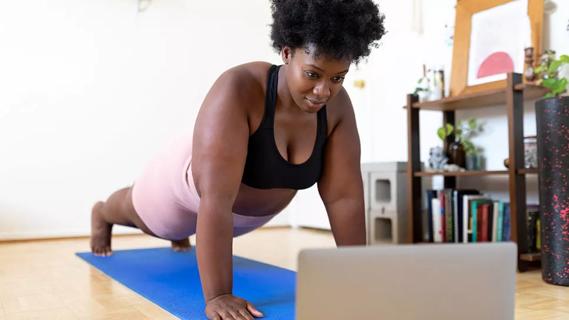
The exercise — which you’ve probably been doing since grade school — can be intimidating, but proper form can help
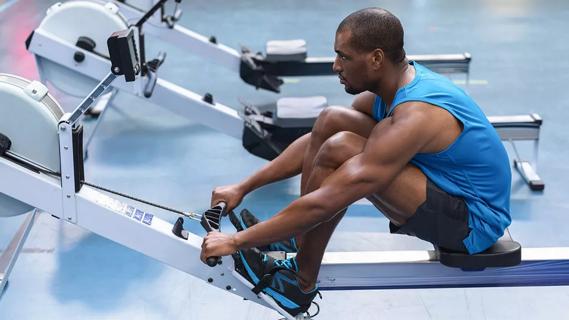
Exercise lowers risk for heart conditions, improves mental health and reduces visceral fat that can compromise your organs

Ask questions, get referrals and consider if someone is a good fit for you and your fitness goals
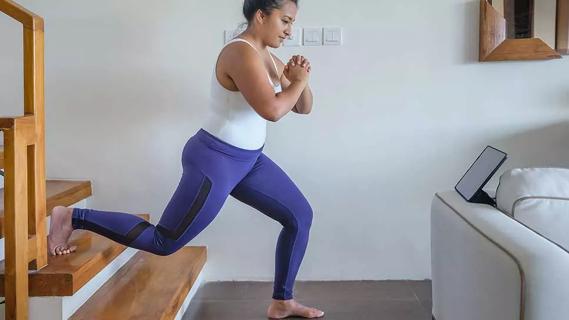
Expect a few bumps in the road, work out for the right reasons and give yourself some credit
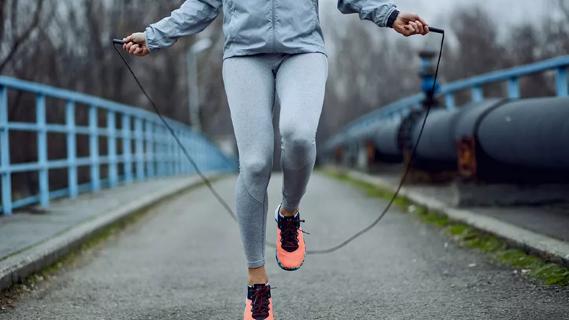
Jump into the swing of things to improve your coordination, burn calories and get your heart rate going
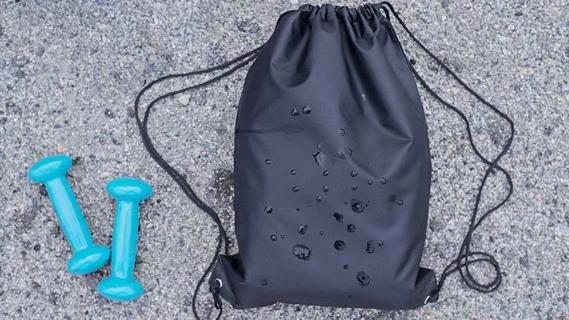
Walking with a weighted backpack is a low-impact, full-body workout that’s growing in popularity
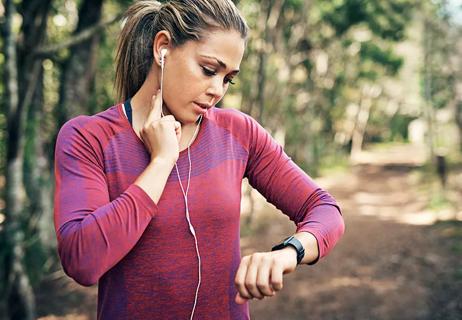
A super high heart rate means you’re burning more than fat
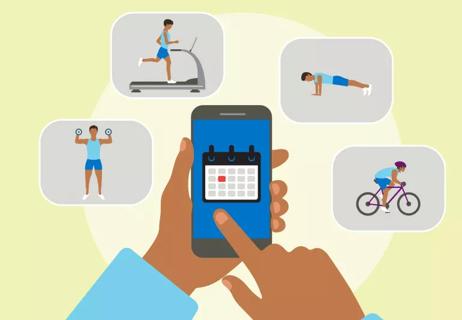
Meet your workout goals by accounting for frequency, intensity, time and type

Type 2 diabetes isn’t inevitable with these dietary changes

Applying a hot or cold compress can help with pain